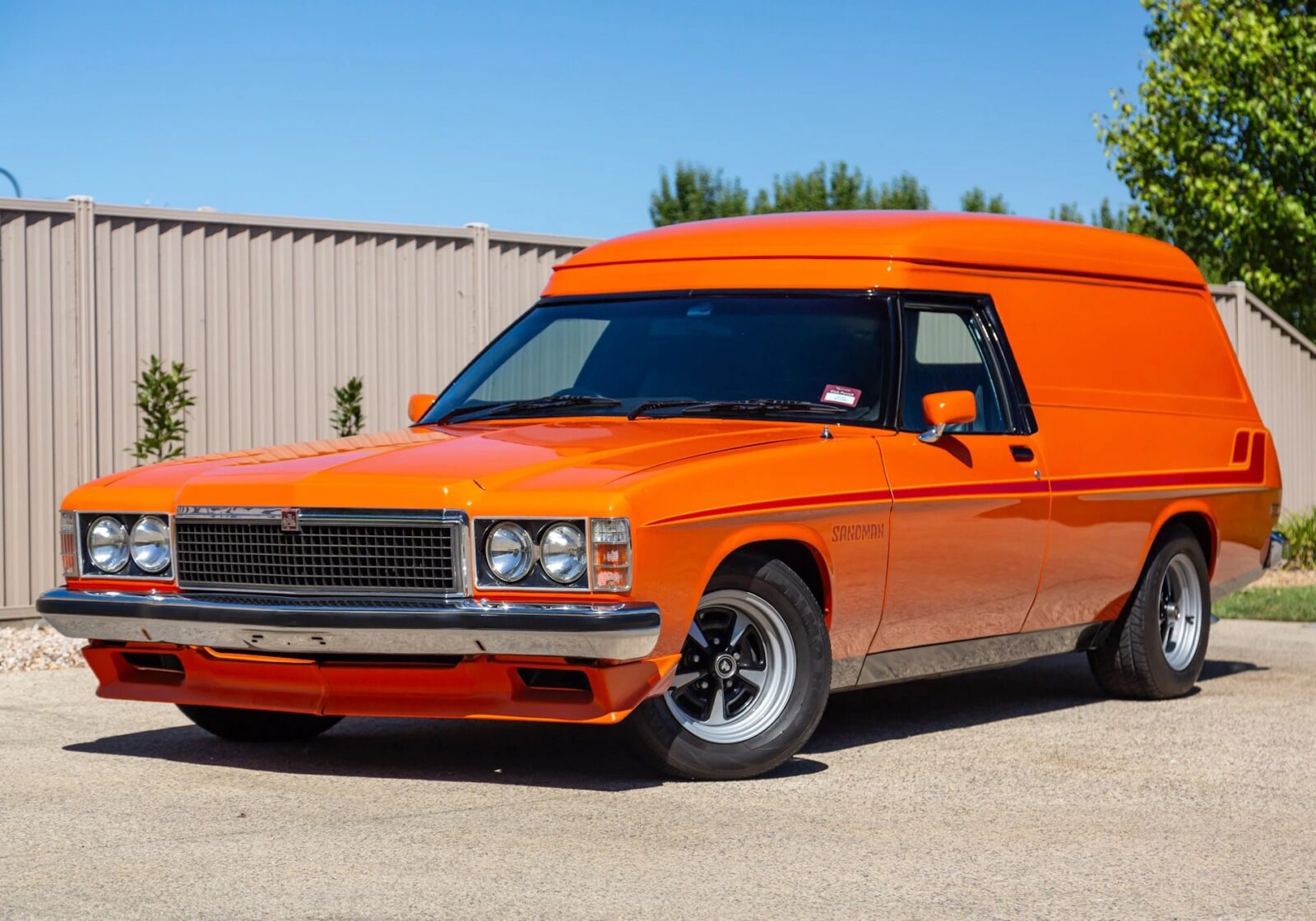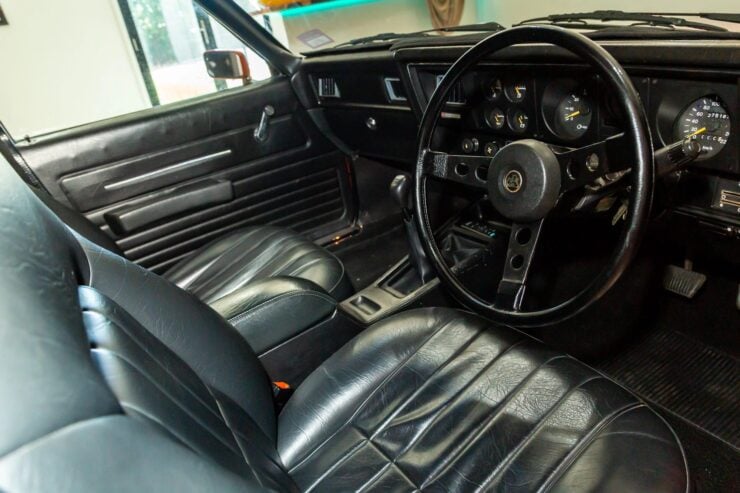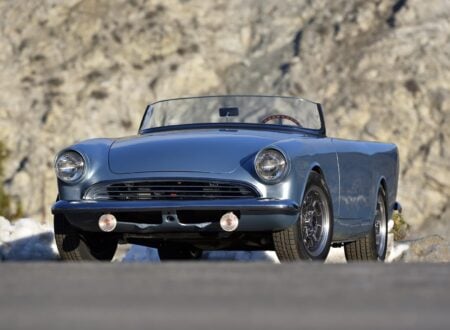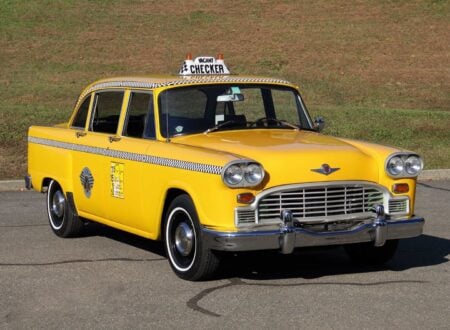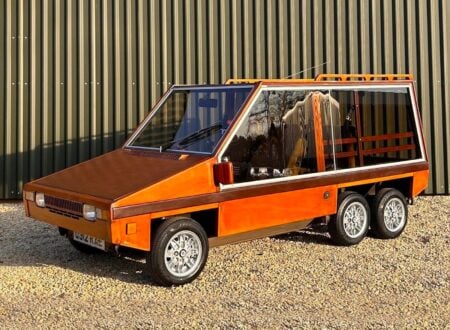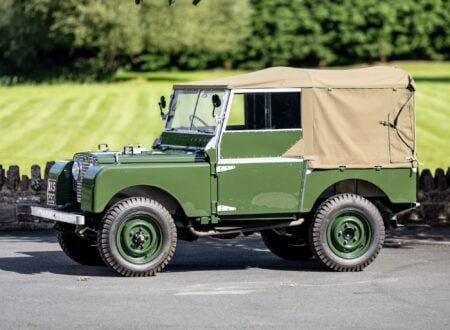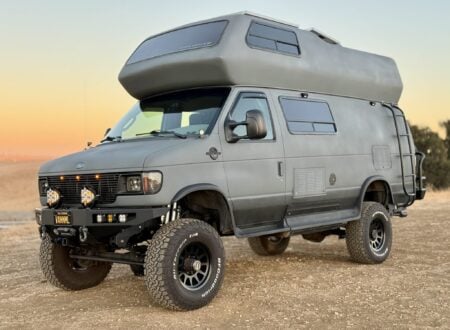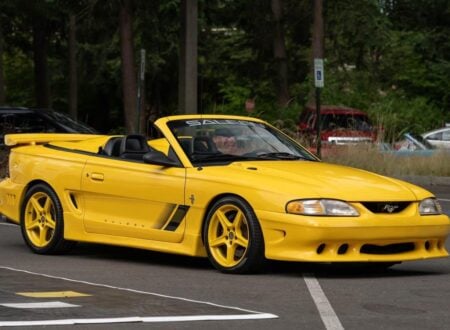This is a 1978 Holden Sandman, it’s one of the most iconic Australian vehicles ever made, but outside of the great southern land it remains almost completely unknown.
Most people, in car circles at least, have heard of the Australian ute. The Holden Sandman was based on the Holden panel van of the time, which in turn was based on the ute, with higher performance options and a large van-style back that made it a favorite of surfers, campers, and teenagers everywhere.
Fast Facts – The Holden Sandman
- The Holden Sandman, based on the Holden panel van, is an iconic Australian vehicle known for its high-performance GTS options and the large, van-style back, making it popular among surfers, campers, and teenagers across the nation. Despite its significance in Australia, it remains largely unknown outside the country.
- The Holden Sandman debuted in 1974 and was initially based on the Holden HQ model, featuring the GTS sports package with rally wheels, a GTS style guards, and either a straight-six engine or one of the Holden V8 engine options. The vehicle was known for its bright paint schemes, bold decals, and prominent “Sandman” graphics, with interiors often customized with mattresses, shag carpeting, and entertainment systems, earning it the nicknames “Shaggin’ Wagons” and “Sin Bins.”
- The Sandman was produced from 1974 to 1980, spanning the Holden HQ, HX, and HZ models. It sold over 150,000 units and became a cultural phenomenon in Australia, capturing the hearts of custom van enthusiasts. The Sandman’s success led Ford and Chrysler to create their own versions, such as the Ford Surferoo and the Valiant Drifter, though these did not achieve the same level of popularity.
- The featured 1978 Holden Sandman is an extensively restored HZ-generation model, powered by a 4.2-liter V8 engine with a 5-speed manual transmission. It has a distinctive finish, including an orange paint scheme with striped side decals, dual mattresses in the back, Radial Tuned Suspension (RTS), and a hidden Alpine stereo with Bluetooth. It is offered for sale in Ballarat, Victoria, Australia, with the original owner’s manual and a collection of related documents.
Building An Australian Icon
As the 1970s dawned and a new custom van movement began kicking off in the United States, Britain, Australia, and elsewhere, Australian automotive manufacturer Holden was faced with a unique challenge. They didn’t have a vehicle in production that would appeal to the van-loving youth of the day. Some enterprising minds got together and solved this problem by taking the Holden panel van and giving it all the high-performance options of the Holden GTS range, then adding stripes and decals.
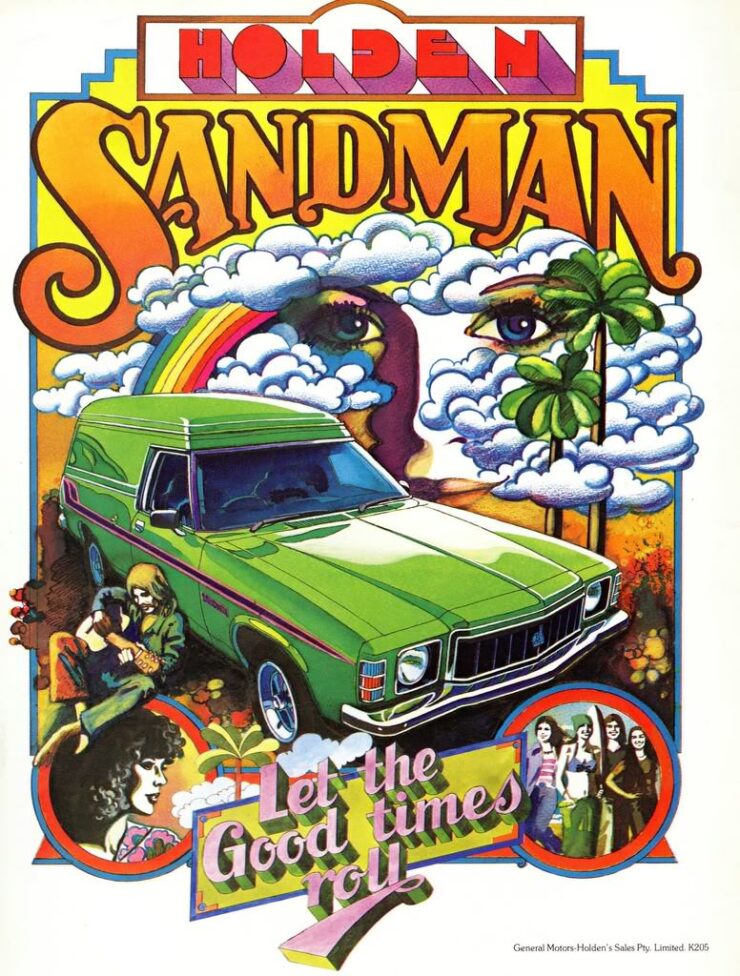

Though the idea may have been somewhat simple, it was highly effective. They called their new model the Holden Sandman. No one knows exactly where the name originated, but some have hypothesized that it was a reference to the fact you could sleep in the back.
The original Sandman was a mythical character from European folklore who would put people to sleep and inspire pleasant dreams by sprinkling magic sand onto their closed eyes. Whatever the reason behind the name of the new Holden, it quickly became a best-seller, and it was accompanied on showroom floors by a utility version with a standard uncovered ute-style rear end.
The Holden Sandman Debuts
The Holden Sandman officially debuted in 1974, but the Australian public had seen the concept car it was based on two years earlier at the 1972 Sydney Motor Show.
The Sandman panel van, which is the model we’ll be focusing on here, was initially based on the Holden HQ model, but featured the Holden GTS sports package which consisted of the GTS gauge cluster, steering wheel, and bucket seats.
This was all combined with rally wheels, GTS style guards, and the buyer’s choice of either the base straight-six engine, or the 253 or 308 Holden V8 engines of the time. The standard transmission was a 4-speed manual, but a less-common 3-speed automatic was also offered as an option.
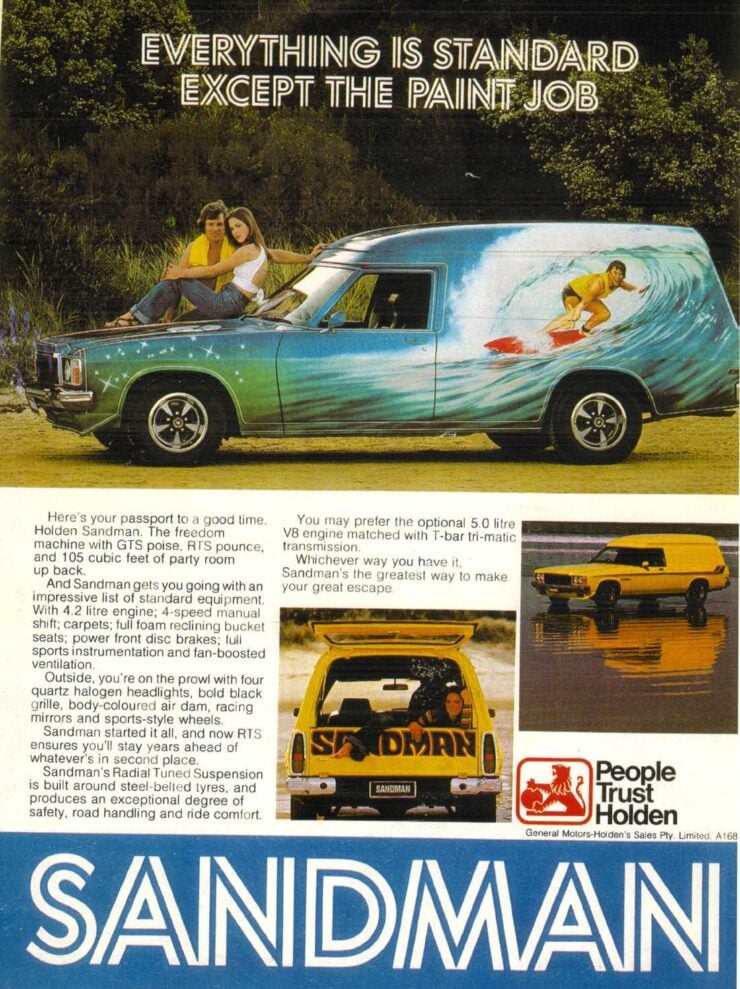

The bright paint schemes, bold decals, and prominent “Sandman” graphics applied to the exterior of the vehicle quickly made it a favorite among the young, and the young at heart. Soon there were customized versions of the Sandman appearing all over the country, typically fitted out with a mattress in the back, shag carpeting that extended across the floor, up the walls, and across the roof.
Some were given TV sets and disco balls, hifi systems, spinning nightclub lights, and even smoke machines. Unsurprisingly, these customized Sandman panel vans soon earned a reputation for the sordid behavior that would often happen in the back.
They were nicknamed “Shaggin’ Wagons” and “Sin Bins” for obvious reasons, and many parents of the time were said to have forbidden their teenage daughters from dating a boy who owned one.
The Sandman would remain in production from 1974 until 1980 across the Holden HQ, HX, and HZ models. It became a cultural phenomenon and captured a large swath of the nation’s custom van enthusiasts.
By the time the 1980s dawned it was clear that the van movement was losing steam, and a new decade called for a new approach from Holden, so the Sandman was discontinued. They had sold over 150,000 of them, very high sales numbers for an Australian specialty vehicle, and they remained a common sight on the road for a decade or two until the surviving examples became quite valuable, and ended tucked away in collections.
The Arrival Of The Competition
The success of the Sandman had seen both Ford and Chrysler create their own versions, neither of which enjoyed anywhere near the same level of adoption or cultural impact.
The Ford Surferoo was the first, which was succeeded by the Ford Sundowner. Valiant-Chrysler Australia released the Valiant Drifter, but it had a very short production run towards the latter part of the 1970s.
The 1978 Holden Sandman Shown Here
The car you see here is an original HZ-generation Holden Sandman that now benefits from an extensive restoration. It’s powered by a 4.2 liter Holden 253 cubic inch (4.2 liter) V8, paired with a 5-speed manual transmission and it has 275,187 kms on the odometer, or approximately 171,000 miles.
As you would expect from the HZ-era Sandmans, this vehicle has a four-headlight grille and the under-bumper front spoiler. It’s finished in orange with striped side decals and classic Sandman lettering and it has a black vinyl-trimmed interior.
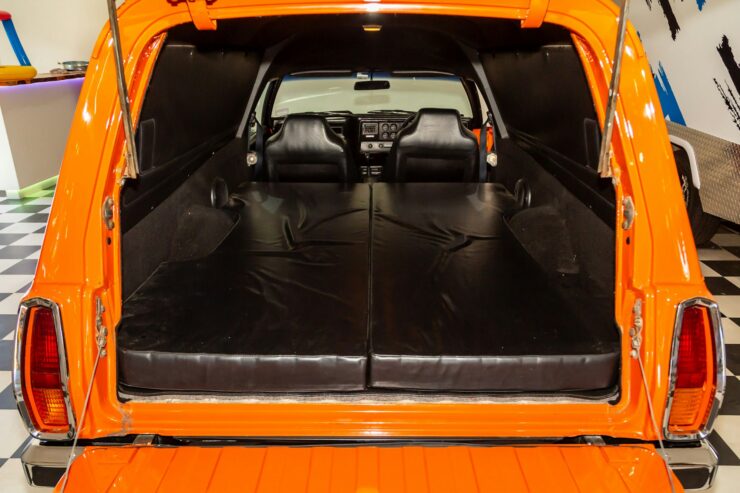

In the back section you’ll find dual mattresses with matching black vinyl covering that have been made specifically with wheel cutouts to fit the back of this vehicle. The car also has Radial Tuned Suspension (RTS), a tow bar, a three-spoke steering wheel, the original GMH radio, heating and ventilation controls, an analogue clock, and a hidden (glovebox-mounted) remote-controlled Alpine stereo with Bluetooth and AUX.
If you’d like to read more about it or register to bid you can visit the listing here on Collecting Cars. It’s now being offered for sale out of Ballarat in Victoria, Australia with the original owner’s manual, a copy of Just Holdens magazine issue 38, and a collection of invoices from Rob’s Auto Elec’s.
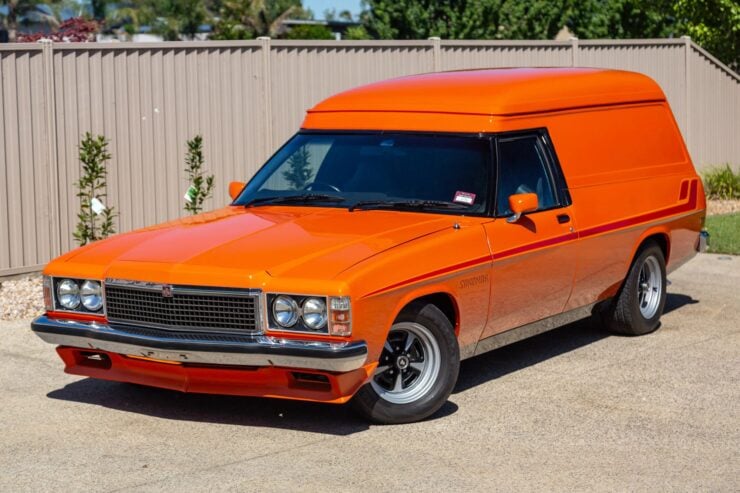
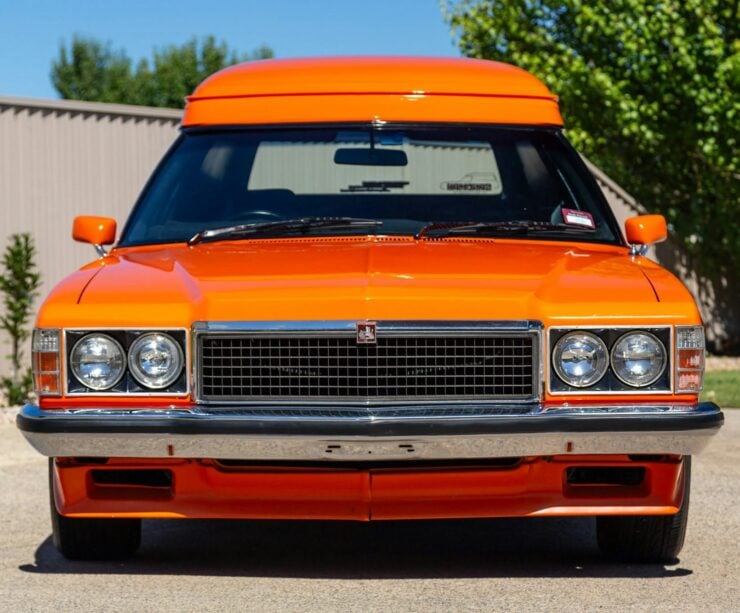
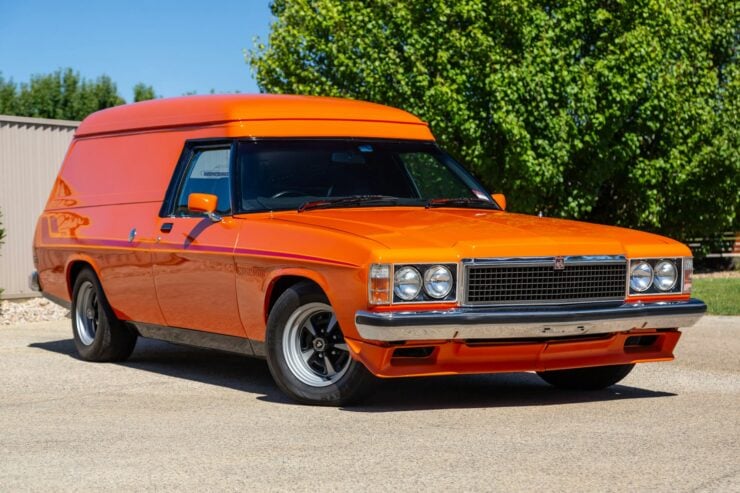
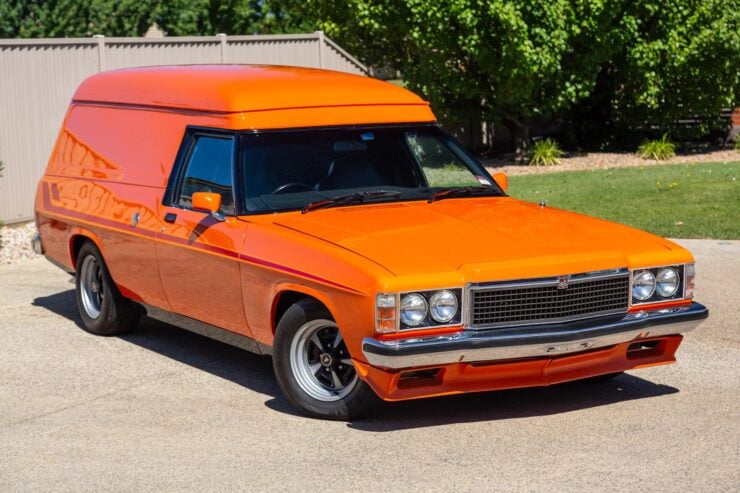
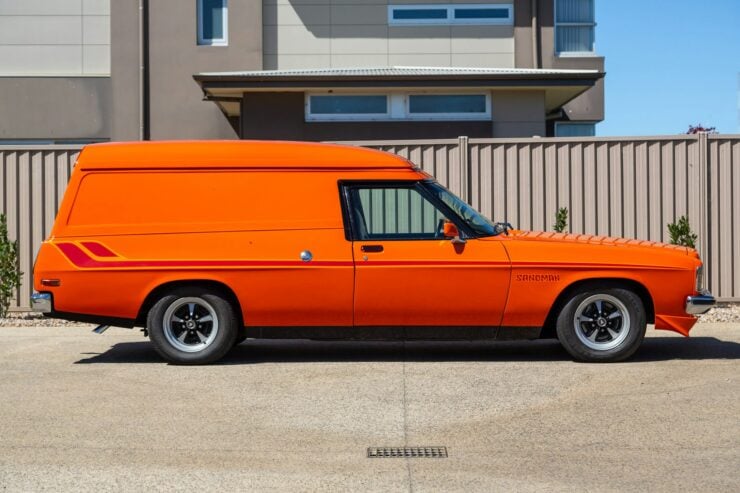
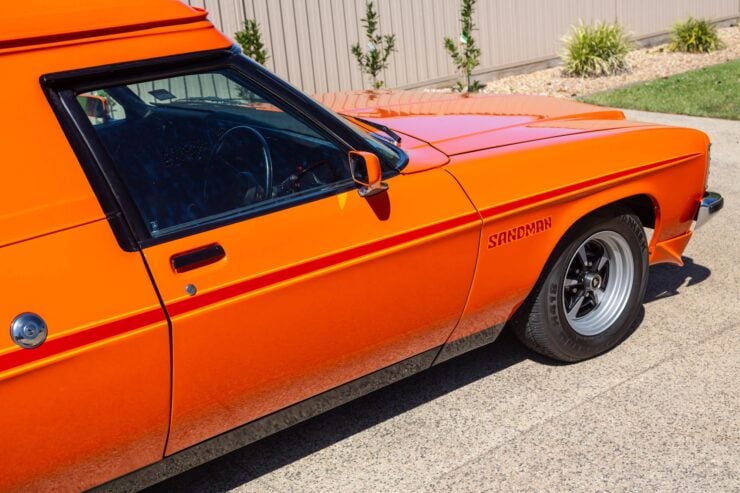
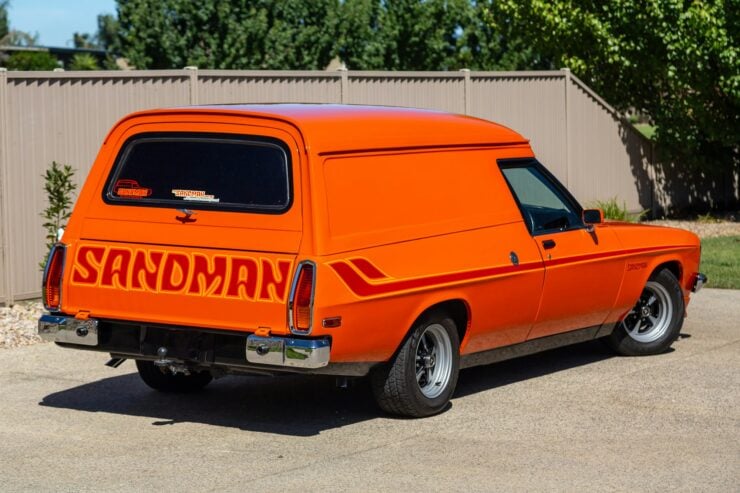
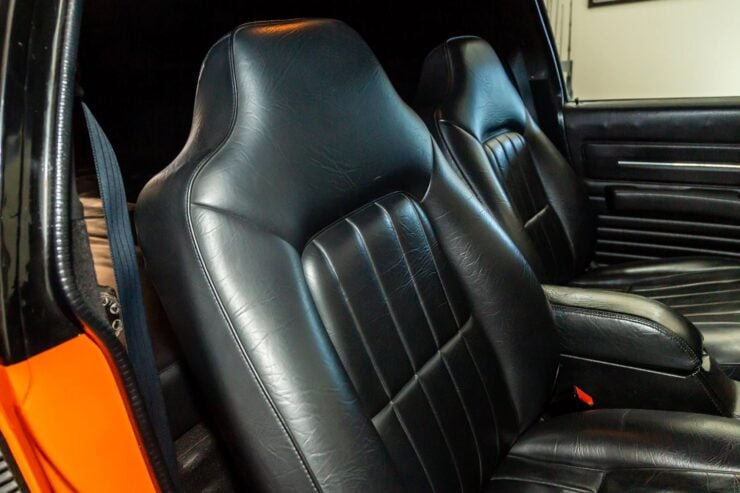
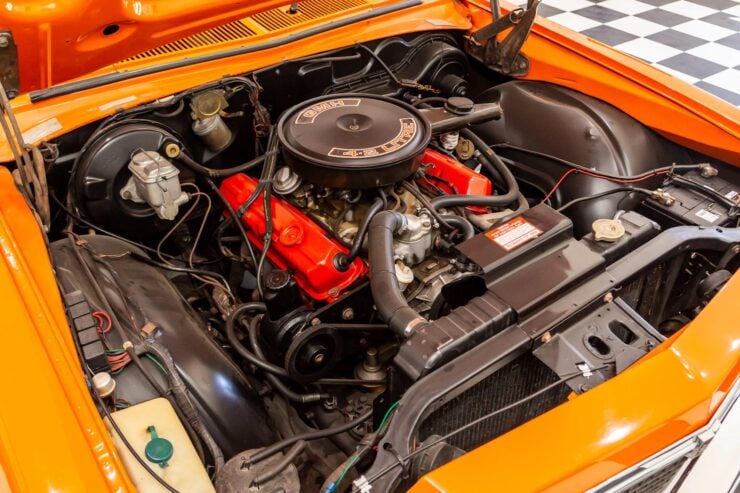
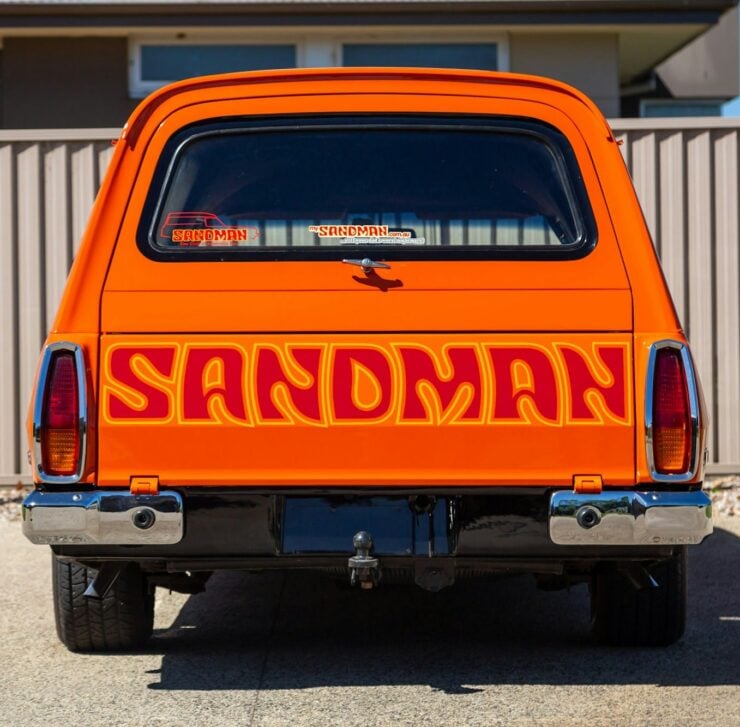
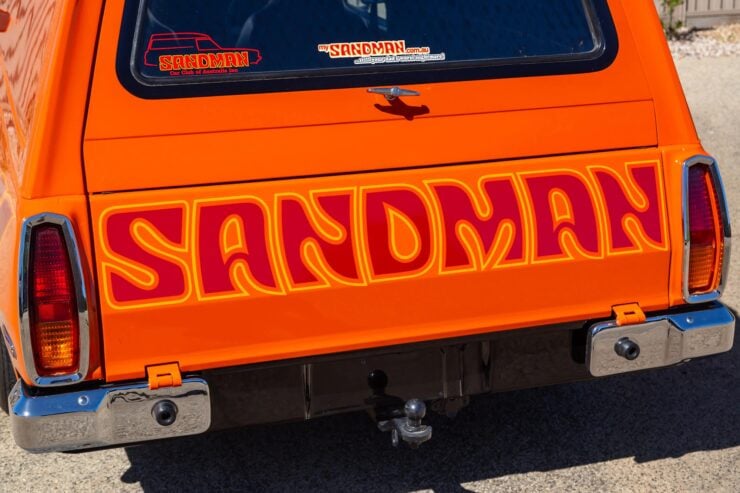
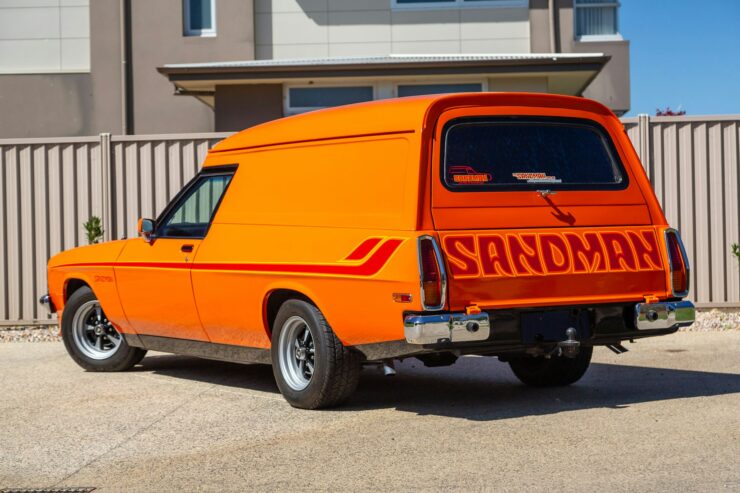
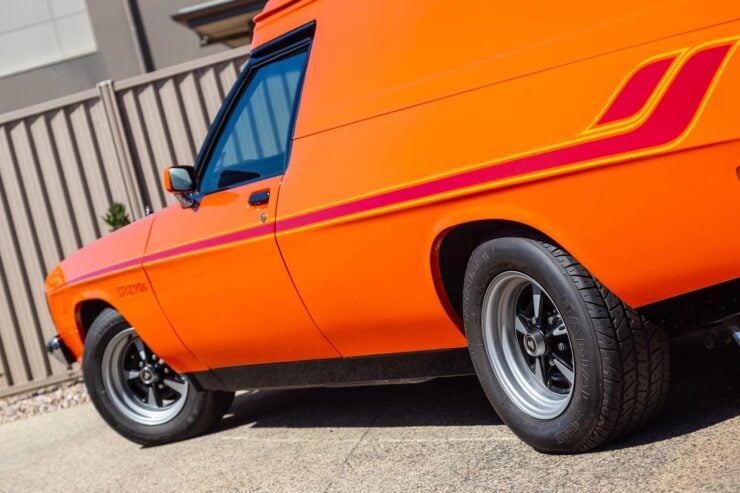
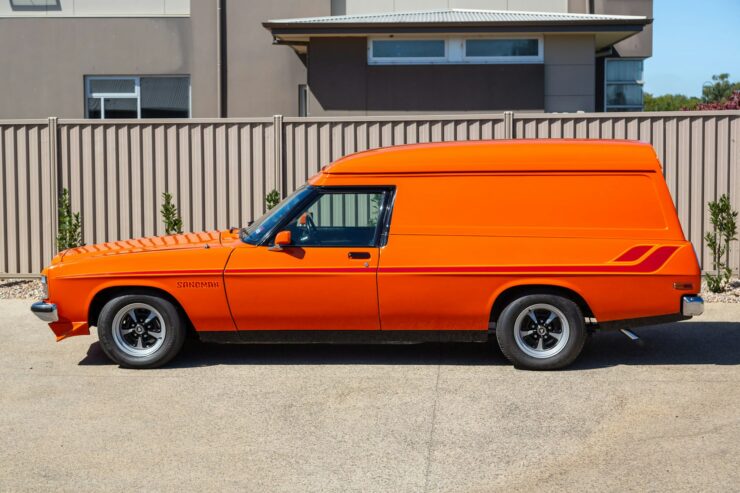
Image courtesy of Collecting Cars

Articles that Ben has written have been covered on CNN, Popular Mechanics, Smithsonian Magazine, Road & Track Magazine, the official Pinterest blog, the official eBay Motors blog, BuzzFeed, Autoweek Magazine, Wired Magazine, Autoblog, Gear Patrol, Jalopnik, The Verge, and many more.
Silodrome was founded by Ben back in 2010, in the years since the site has grown to become a world leader in the alternative and vintage motoring sector, with well over a million monthly readers from around the world and many hundreds of thousands of followers on social media.

